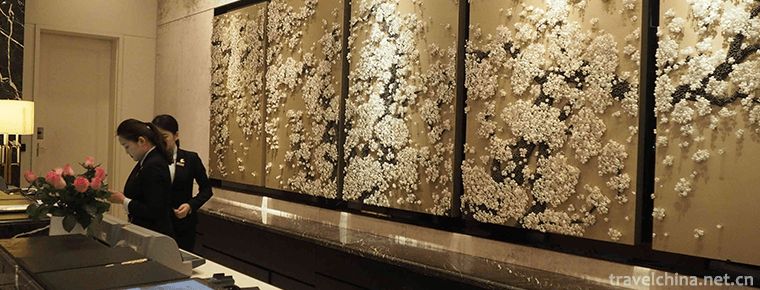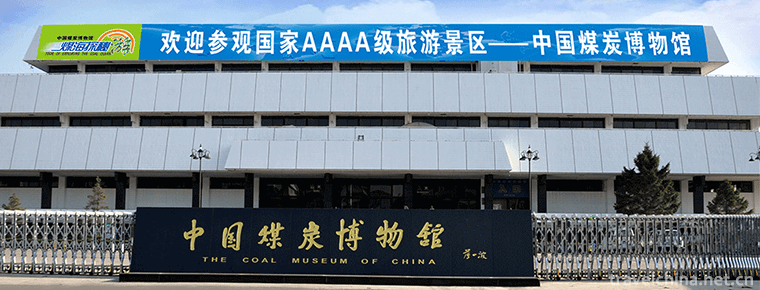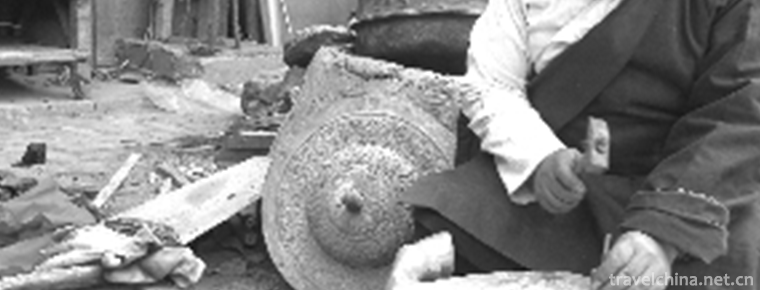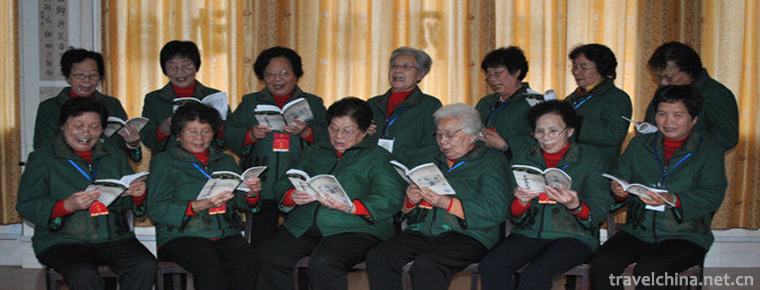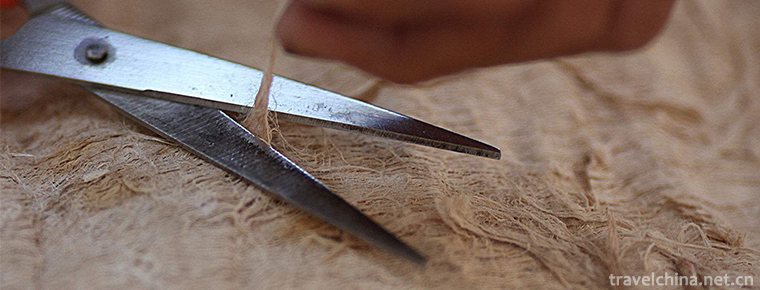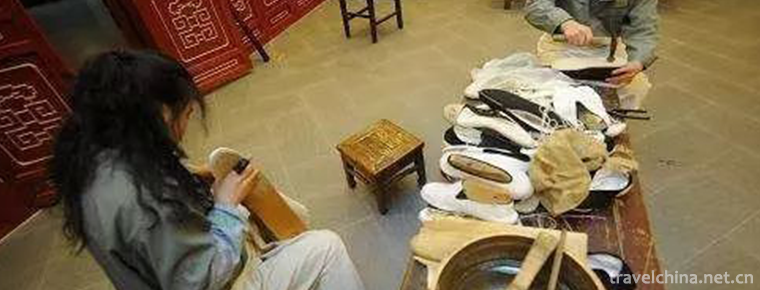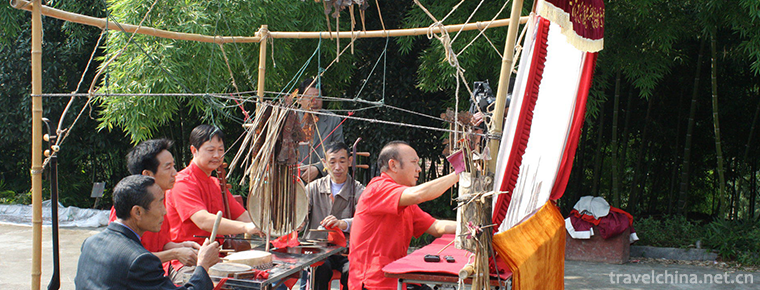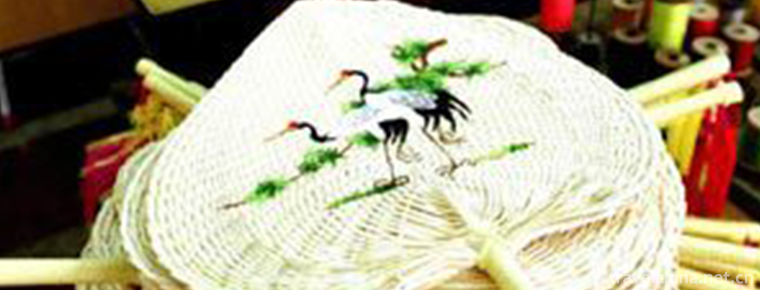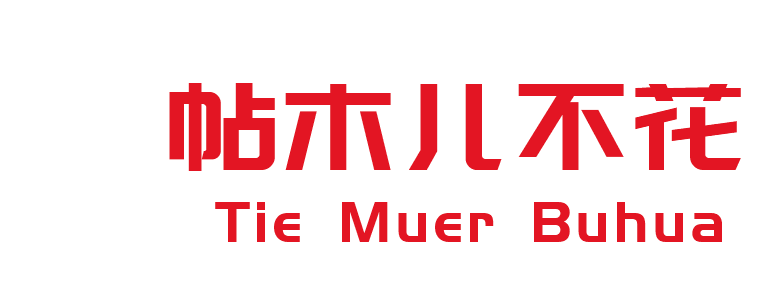Almond dew
Almond is a kind of vegetable protein beverage made from natural almond and mineral water. Its white like milk, delicate like jade, unique flavor, can be used as a substitute for ordinary milk, generally considered that it does not contain cholesterol and lactose, beneficial to health.
Almond milk (also called almond cream, almond tea, almond syrup) is a milk drink made from almond. Grind almond and add water to make almond milk.
Almond tea is called tea instead of soup or soup. Because it is thiner than soup, no spoon is used when drinking, just like drinking tea.
Nutrition Analysis of Almond Dew: Almond Dew is rich in protein, 18 kinds of amino acids, linolenic acid, vitamins, potassium, calcium, zinc, iron, selenium, iodine and other minerals.
Almond is also rich in flavonoids and polyphenols. Not only can it reduce the level of cholesterol in human body, but also can significantly reduce the risk of heart disease and many chronic diseases.
South apricot (sweet apricot) is the most inexpensive and delicious delicacy by adding a little rice and a few northern apricots, grinding them into fine pulp with a mixer and boiling them with water, sugar and milk after slag separation.
Self-made almond dew: 12 grams of almond, 6 grams of osmanthus, ice sugar in moderate amount, smashed almond and boiled for 15 minutes, add osmanthus and boiled for 10 minutes, take filtrate and ice sugar to flavor, often drink to remove spots and protect skin.
Processed into almond tofu:
Almond dew can be heated to about 80 degrees Celsius and poured into starch, continuous stirring, excessive, turn off the fire, and make almond tofu.
Drinking in winter can dispel cold and taste more pleasant.
Almond dew is mostly canned, with packaging heating should pay attention to the control of time and temperature, in order to avoid accidents, it is best to hot with boiling water.
In terms of efficacy, almond dew has the functions of moistening lung, relieving cough, regulating blood lipid, preventing arteriosclerosis, reducing cholesterol content in human body, regulating non-specific immune function, etc. It can also effectively prevent and reduce the risk of heart disease and many chronic diseases. In addition, almond has beauty and beauty effects, can promote skin microcirculation, make skin ruddy luster.
Experts have done animal experiments on Almond dew and human drinking experiments. It has been proved that almond dew can reduce blood cholesterol and triglyceride in both animals and normal men, and has the effect of preventing and treating coronary heart disease and atherosclerosis. Now I talk about the effect of almond beauty and face enhancement. Beauty and beauty are the most important and favorite regimen.
In ancient times, almonds were used to treat many diseases, many of which are related to beauty, such as almonds can cure body warts, head and face wind, etc. According to modern nutritional analysis, each 100 grams of almond contains 24.7 grams of protein and contains 18 amino acids. Fat 44.8 grams, of which linoleic acid accounted for 15% to 20%. It also contains abundant vitamins B2, C, E, zinc, copper, selenium and other trace elements as well as dietary fiber almonds, which are the nutrients needed for beauty and skin moisturization. It can prevent skin aging, prevent the formation of pigments and butterfly spots, especially selenium and zinc can promote skin activity, maintain youth and delay skin. Be senile. Carotene, vitamin B1, B2, C, E and linoleic acid can improve qi, nourish liver and eyes, and moisturize skin. Almonds can also clear blood vessels, promote blood circulation of subcutaneous capillaries, improve skin nutrition, and delay premature skin aging. Therefore, it has the effect of moistening the skin and beautifying the skin.
Some almond syrup is too high to drink in large quantities, especially for diabetics.

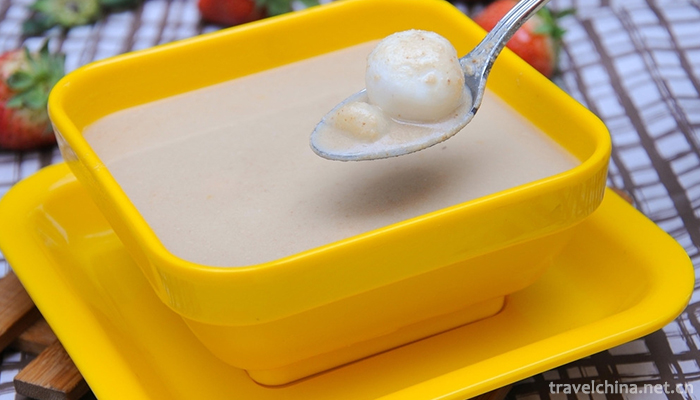

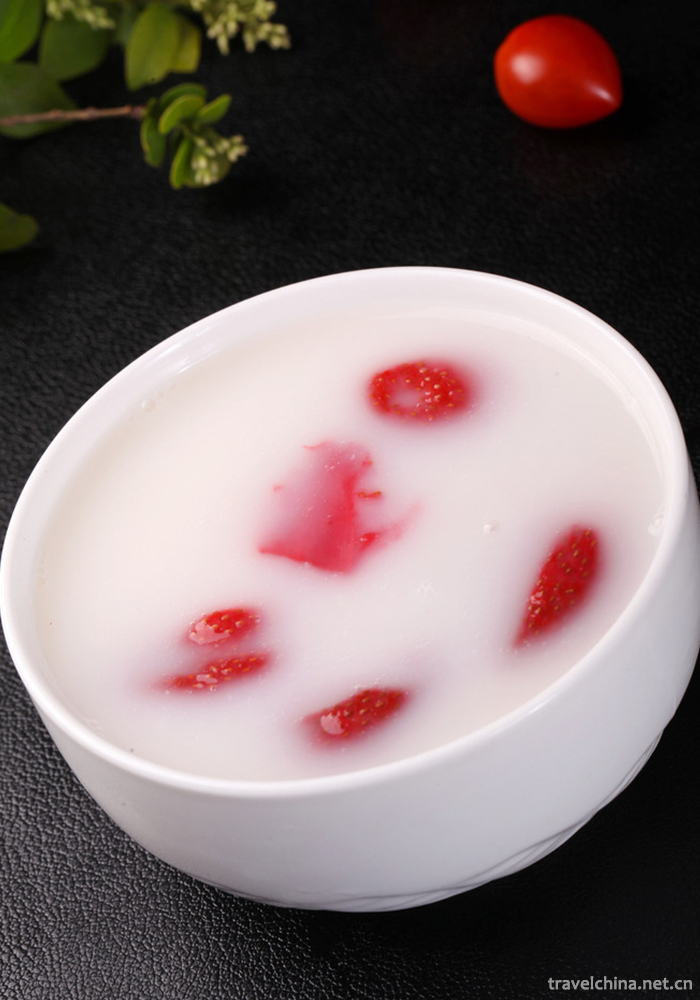
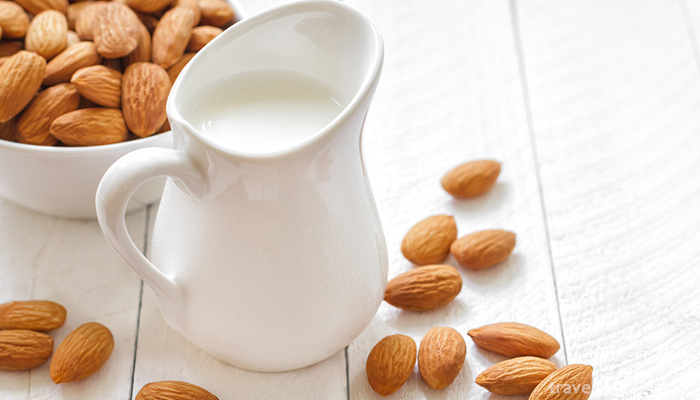
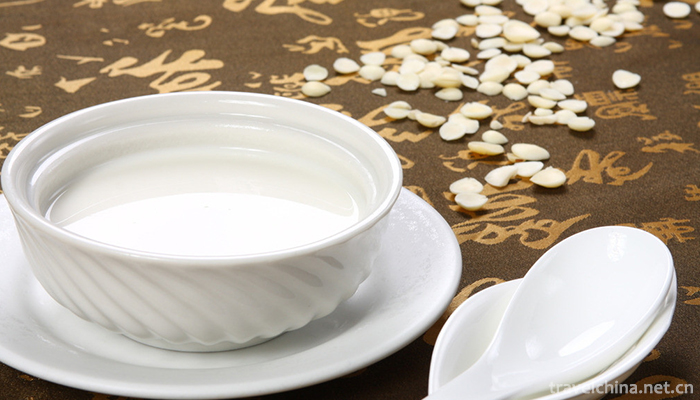
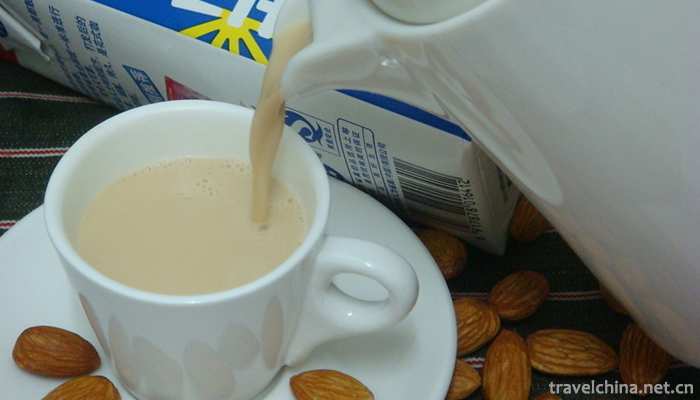
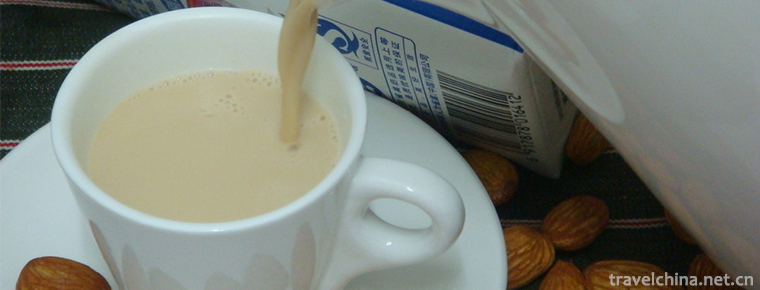
Almond dew
-
Longting Hotel East China Sea Shenzhen
Langting's history can be traced back to 1865. The grand opening of Langting Hotel in central London, England, has become the first truly "luxury hotel" in European history, creating a brill
Views: 595 Time 2018-12-16 -
China Coal Museum
The China Coal Museum is located at the intersection of Yingze Street and Jinci Road in Taiyuan City. It was completed and opened on September 30, 1989
Views: 217 Time 2018-12-22 -
Tibetan Cobalt Technology
Zhang Zhaxi, a Tibetan cobalt-smelting craftsman over half a century old, told reporters that he was just "catching its tail" when the craft was losing its popularity.
Views: 179 Time 2019-04-15 -
Song Album
"Dongshan Song Book" was introduced from Chaozhou, Guangdong Province, in the Ming Dynasty. Its tunes were constantly changing in the singing of folk singers and gradually assimilated
Views: 180 Time 2019-04-30 -
Production Techniques of Bark Cloth of Li Nationality
Li bark cloth production technology is based on the bark of plants as raw materials, after beating technology to produce cloth technology.
Views: 121 Time 2019-05-12 -
Manufacturing Skills of Inside Lined 1000 Layer Cloth Shoes
Inline Shoe Shoe Shoe Shoe Shoe Shoe Shop was founded in 1853 in Xianfeng, Qing Dynasty. At first, it was specially designed for the royal family and officials at all levels t
Views: 316 Time 2019-06-07 -
Chord cavity
Based on Pingli dialect in Ankang City, Shaanxi Province, there are 13 singing patterns, including 8 commonly used tunes, 18 suona tunes and 30 gongs and drums. Pingli string is a complete set of loca
Views: 329 Time 2019-07-03 -
Xinhui Sunflower Art
Xinhui Sunflower Art, a traditional Chinese handicraft, originated in Xinhui District, Jiangmen City, Guangdong Province. Xinhui Sunflower Art has a history of more than 1600 years, and became famous
Views: 136 Time 2019-07-06 -
Tie Muer Buhua
Tie Muer Buhua (1286 - 1368). Yuan will be the first to stay. Rate troops to go Xiangyang He won the battle with song, fan and Wen Hu in the Shigi shoal beach. Later from Bo Yan Song, in Yang Luo Bao
Views: 154 Time 2019-09-14 -
Jiang Weicheng
Jiangweicheng site is a representative and important site in the upper reaches of Minjiang River. It is located in the mountain behind the Weishi school in Weizhou Town, Wenchuan County.
Views: 211 Time 2020-11-06 -
Suining secondary industry
In 2019, the city's industrial added value will reach 49.158 billion yuan, an increase of 8.7%, contributing 50.7% to economic growth, and boosting economic growth by 4.1 percentage points. The number of Industrial Enterprises above Designated Size reached 573
Views: 364 Time 2020-12-16 -
Meishan economy
In 2019, the gross domestic product (GDP) will reach 138.02 billion yuan, an increase of 7.5%. Among them, the added value of the primary industry was 19.916 billion yuan, an increase of 3.0%; the added value of the secondary industry was 52.713 billion yuan,
Views: 354 Time 2020-12-18
